China Aero Engine Corporation Pushes National Defense Science Progress
- Details
- Category: Tungsten's News
- Published on Tuesday, 30 August 2016 19:42
- Written by TungstenAlloy
- Hits: 686
It is said that China Aero-Engine Corporation has been founded in Beijing on Aug. 29. State President Xi Jinping made important instructions and stressed that the CPC Central Committee decision of setting up China Aero Engine Corporation is under the consideration of wealthy and powerful military strategic, which could also deepen the reform of state-owned enterprises and to promote the aviation industry restructuring to take the major initiatives. Premier Li Keqiang gave instructions pointed out that the formation of China Aero Engine Corporation is a major strategic decision of the CPC Central Committee and the State Council. State Councilor Wang Yong attended the meeting and read out President Xi Jinping important instructions and Li Keqiang’s instructions.Central and the related state department of Beijing, the Central Military Commission departments and relevant enterprises, colleges and universities representatives attended the inaugural conference.
It was publicly reported that during the two sessions last year, Premier Li Keqiang announced in the government work report for the first time that the "aircraft engines, gas turbines" should be included in the national strategic emerging industries, also it proposed the implementation of major projects, aircraft engines, gas turbines, increase defense-related research and high-tech weaponry and equipment construction. From a longer-term strategic demands, we have to insist on some things, in aircraft engines, quantum communication, intelligent manufacturing and robotics, deep space deep-sea exploration, focusing on new materials, brain science, health care and other fields and then deploy a batch reflect national strategic intent of major scientific and technological projects.
Nowadays, China Aero Engine Corporation inaugural conference was held on behalf of China's central military enterprises and finally ushered in new members. Its official business scope includes military and civilian aircraft power plant, the second power plant, gas turbines, aircraft engines and other technology derived from product design, development, production, sales and after-sales service; aircraft, engines, helicopters and other defense technology industry and civilian fields development of advanced materials, etc.. Meanwhile, tungsten, tungsten alloy, titanium and other high-temperature resistant, corrosion-resistant, high strength material has become more and more popular to favor military purposes. The establishment of the Group will provide broad platform for the progress of high-properties tungsten alloy material’s development. Thus, China Aero Engine Corporation became the twelfth military industrial corporations.
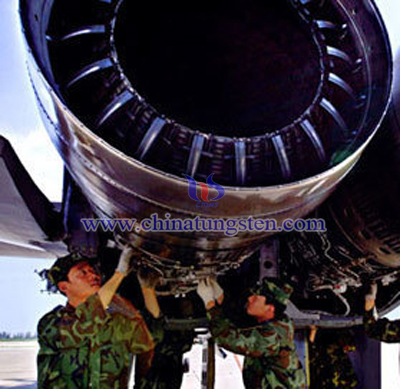
| Tungsten Alloy Supplier: Chinatungsten Online www.tungsten-alloy.com | Tel.: 86 592 5129696; Fax: 86 592 5129797;Email:sales@chinatungsten.com |
| Tungsten News & Prices, 3G Version: http://3g.chinatungsten.com | Molybdenum News & Molybdenum Price: http://news.molybdenum.com.cn |
Tungsten Alloy Promotes Chinese Aero Engine Development
- Details
- Category: Tungsten's News
- Published on Monday, 29 August 2016 21:42
- Written by TungstenAlloy
- Hits: 960

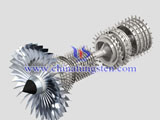
With the improvement of Chinese national defense science and technology strength, problems faced by Chinese aero engine will be alerted greatly. Let us recall Chinese aero engine development.
Read more: Tungsten Alloy Promotes Chinese Aero Engine Development
Nanoporous Tungsten Oxide Making Flexible Memories Device at Room Temperature
- Details
- Category: Tungsten's News
- Published on Friday, 26 August 2016 15:53
- Written by Cristina
- Hits: 1133
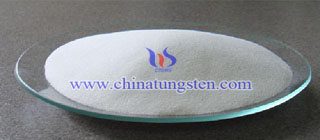
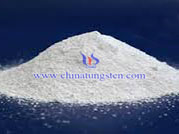
Researchers in the US and Korea say they have developed a new way to make a flexible, resistive random access memory (RAM) device in a room-temperature process – something that has proved difficult to do until now.
Read more: Nanoporous Tungsten Oxide Making Flexible Memories Device at Room Temperature
Collapse Reason of Tungsten Trioxide Electrode Material
- Details
- Category: Tungsten's News
- Published on Friday, 26 August 2016 17:12
- Written by chunyan
- Hits: 969

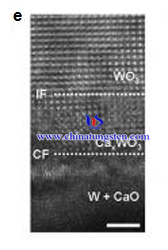
| Tungsten Oxide Supplier: Chinatungsten Online www.tungsten-oxide.com | Tel.: 86 592 5129696; Fax: 86 592 5129797;Email:sales@chinatungsten.com |
| Tungsten News & Prices, 3G Version: http://3g.chinatungsten.com | Molybdenum News & Molybdenum Price: http://news.molybdenum.com.cn |
Tungsten Carbide Industry Being Developed Deep Processing Tools Area
- Details
- Category: Tungsten's News
- Published on Friday, 26 August 2016 13:42
- Written by tang
- Hits: 846
Metal machinery manufacturing, machining is the most basic and reliable means of precision machining, mechanical, electrical, electronic and other modern industrial sector plays an important role. Machining technology development, the most recent history is the history of the development of the tool material. The new tool materials can greatly improve cutting production rate, improve processing accuracy, surface quality and expand the processing areas, reduce tool consumption, access to a huge economic benefits. The new tool materials for the development of machinery manufacturing plays a huge role in promoting. Therefore, the development, promotion and use of new materials is an important part of the new machinery manufacturing technology revolution.
Tungsten carbide is a new information tool, due to its high hardness, wear resistance and compressive strength, with more chaos chemical resistance, adhesion and heat resistance, excellent performance, and its tools high hardness materials cutting efficiency 5-10 times high speed steel cutting tools and machining speed steel cutting tools can not be processed, and therefore the tool data, according to a large proportion.
Meet the needs of modern science and technology development, to the precision of the direction, to enter since the seventies, in modern machining, cutting tools with carbide cutting inserts dimensional accuracy remarkable progress, therefore, carbide production manufacturers are constantly advances its product precision. For example, in some developed countries have phased out the U grade carbide precision. Many Carbide Die size has reached micron level precision, and even some have reached the end of ultrafine meter level.
Adaptation requirements produce sophisticated products, better technology and production equipment. Late sixties introduced carbide produced in the field of hot isostatic pressing, and seventies migration to Carbide production in the field of spray-drying technique, cemented carbide production process are a big step forward, In recent years, low-pressure hot isostatic clean burning equipment and technology to make carbide products density close to the theoretical value of up to 99.999%, significantly advances the quality of products.
In order to improve processing efficiency and adapt to the new requirements of automated machine tools, we developed a number of new carbide, such as ultra-fine fine carbide, gradient cemented carbide, carbide duplex, self-lubricating alloy, nanoscale hard alloy, super-hard coating layer of hard alloy. Meanwhile tungsten carbide industry forward depth processing tool areas.
Tungsten carbide consumption in our country although Unfettered unfolded after emerging industry, but carried out rapidly, especially after the reform and opening up, the emergence of independent growing trend. Currently, carbide production in the country has been in the forefront of the world, the product brands, models also more fully, and has many product quality has reached the international advanced level, the output value and profits to grow steadily.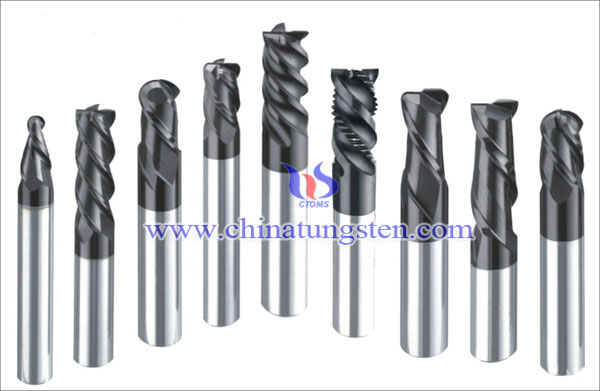
| Tungsten Carbide Supplier: Chinatungsten Online tungsten-carbide.com.cn | Tel.: 86 592 5129696; Fax: 86 592 5129797;Email:sales@chinatungsten.com |
| Tungsten News&Tungsten Prices, 3G Version: http://3g.chinatungsten.com | Molybdenum News & Molybdenum Price: http://news.molybdenum.com.cn |





 sales@chinatungsten.com
sales@chinatungsten.com